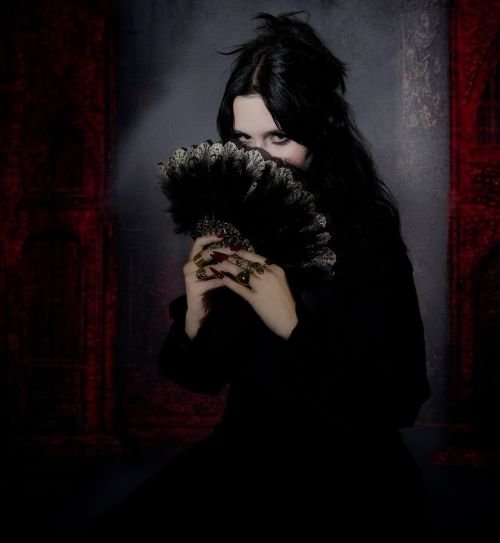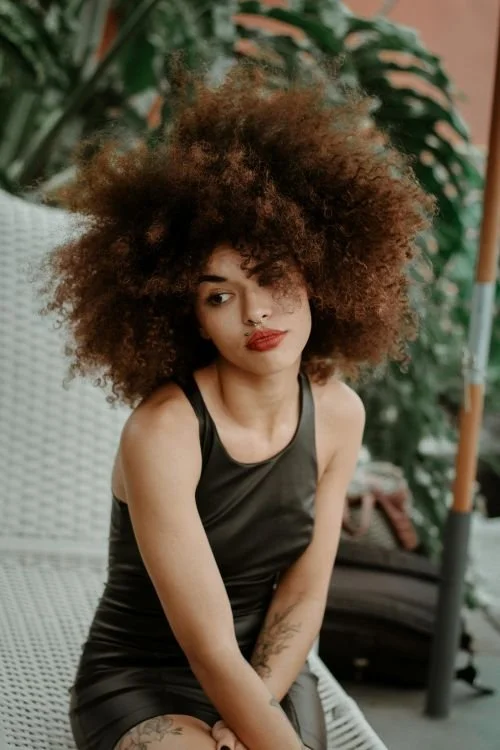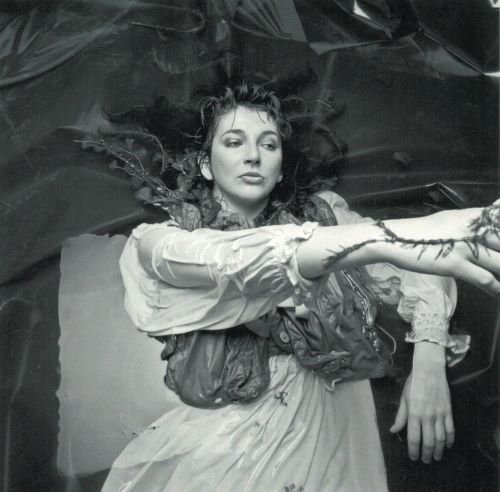as the incredible Betty Boo is on the road soon. This year marks thirty-five since Boomania was released. To mark that, she is embarking on some tour dates. On 25th April, Boomania and Grrr... Its Betty Boo are being released on vinyl, C.D. and cassette. I wanted to celebrate the approaching thirtieth anniversary of Boomania’s second single, Doin’ the Do. The song was co-written and co-produced by Boo. It was a top ten smash in Australia, Belgium, Ireland, the Netherlands, New Zealand, Spain, and the United Kingdom. It was released on 8th May, 1990. I am going to get to some articles relating to Doin’ the Do. Before then, this BBC feature from 2022 gives us some background to this legendary artist. The interview with Betty Boo (Alison Clarkson) was in promotion of her third studio album, Boomerang:
“The Betty Boo story begins, as all good stories should, with a burger.
It was 1987, and Clarkson was walking home from a Public Enemy gig in Hammersmith, when she spotted band member Professor Griff in McDonald's, ordering a Filet-O-Fish.
Full of teenage bravado, she approached him with two schoolfriends and declared: "We're rappers too!"
The trio - known as the She Rockers - proceeded to freestyle for him while being ushered out of the restaurant by an unimpressed employee. (Amazingly, Griff had a documentary crew following him and the footage is on YouTube.)
That chance meeting prompted an invitation to the US, where Griff produced the She Rockers' debut single Give It A Rest, external.
"That trip was an apprenticeship," Clarkson recalls. "I left my A-Levels, went to New York and toured with Public Enemy.
"We were really young and completely fearless. My mum must have worried so much about me."
But by the time they returned to the UK, Clarkson had grown tired with the She Rockers' sound.
"I realised that, actually, I like pop music," she says. "I wanted to try and write pop-rap and they wanted to stay a little bit more underground."
School daze
Her breakthrough came when The Beatmasters asked her to rap on a clubbed-up cover of Martha And The Vandellas' I Can't Dance To That Music You're Playin', external.
"I went to their studio, spit a few lyrics, and the next thing I knew, I was on Top of the Pops," Clarkson recalls with a giggle.
When the song hit the top 10, she used her royalties to buy a keyboard and a sampler, and started writing songs in her bedroom.
Straight away, she came up with Doin' the Do - a catchy-but-withering put-down of a maths teacher who had advised her to become a secretary.
"Going to be comprehensive school during [Margaret] Thatcher's time in the 80s, the teachers weren't being paid properly. I had aspirations to do well in my studies, and they just weren't interested at all.
"So I thought, as I broke out of school, that the only way I could express myself was by putting it on a record."
The BBC is not responsible for the content of external sites. YouTube content may contain adverts.
End of youtube video 3 by letsgr00ve
The video for Doin' The Do, external channelled her rebellious streak, with Boo strutting around a school corridor in a leather jacket and hotpants, leading the pupils in a mini-revolution.
Fizzing with attitude and humour, it stood out in a year where the UK's biggest-selling singles were depressing ballads like Unchained Melody and Nothing Compares 2U.
"I always wanted to be a bit larger than life because I'd done the hip-hop look, with the troop jackets and the Adidas high tops,"she says. "In a way, I just wanted to dress up and be different”.





















































